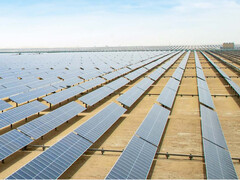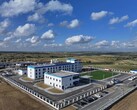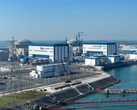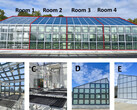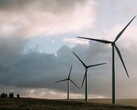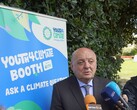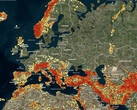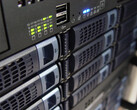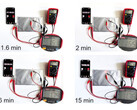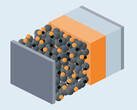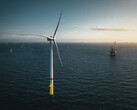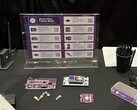This recently announced solar project is quite remarkable — it can produce 1 gigawatt of power 24 hours a day, seven days a week. In comparison, not even a nuclear reactor can consistently provide its full output, since maintenance work must be carried out from time to time.
The scale of the solar power plant that is being built in Abu Dhabi, United Arab Emirates, is simply enormous. Once completed, its solar modules will have a combined maximum output of 5.2 gigawatts.
For comparison, Germany's largest solar park currently generates just under 600 megawatts, or less than one-ninth of that. It covers an area of almost two square miles, so we can assume that the new solar park in the Rub' al Khali desert will cover about 19 square miles.
These solar panels will be connected to a battery system with a capacity of 19 gigawatt-hours, which will store and supply solar energy when the sun does not shine. While such a setup would not work in most parts of Europe, the concept is likely to succeed on the Arabian Peninsula.
Lower battery prices are crucial
Even in February, the darkest month of the year, the sun shines for 7 hours a day in the United Arab Emirates. This region only has an average of nine rainy days per year, which does not impact the production of solar energy. Even in worst-case scenarios, 10 to 15 gigawatt-hours can be generated per day.
On sunny summer days with clear skies, even 30 to 40 gigawatt-hours of solar power could be generated. This would be enough for a city with a population of 1 million.
However, two important details are missing from the official announcement of the construction start — neither the construction time nor construction costs have been mentioned. Solar modules currently cost €500 per kW, while batteries are €60 per kWh. Going by those numbers, the total cost of this solar power system would be €3.7 billion.
This is almost a bargain in comparison to a similarly powerful nuclear plant, which tend to generate less electricity and are less consistent. In a solar power plant, individual modules and components can be taken offline if maintenance is needed, while the rest of the solar power plant keeps producing electric energy.




